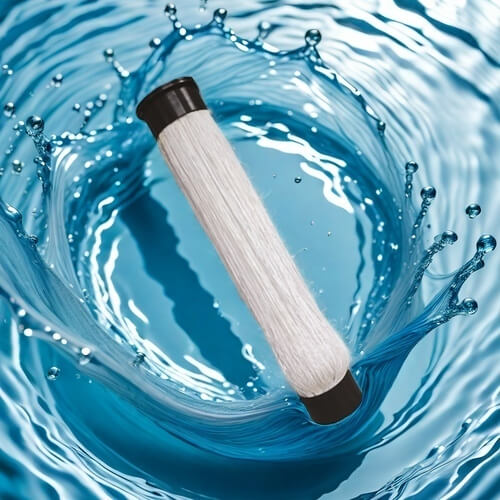Phosphating wastewater treatment process
Phosphating wastewater treatment is an important environmental protection measure in the chemical industry, especially in the process of metal surface treatment. The wastewater generated by phosphating treatment contains a large amount of pollutants, such as phosphates, heavy metal ions, and organic compounds. An effective phosphating wastewater treatment process can not only reduce the impact on the environment, but also achieve resource recycling and utilization.
Characteristics of Phosphating Wastewater
Phosphating wastewater mainly comes from metal surface treatment processes, especially in acid washing and phosphating processes. This type of wastewater usually contains high concentrations of phosphates, zinc ions, heavy metals (such as nickel, copper, lead), and other organic compounds. Due to its complex composition and high processing difficulty, multiple technologies are required for comprehensive treatment.
Process flow
1. Preliminary processing
In the process of phosphating wastewater treatment, preliminary filtration is first required to remove large particle impurities from the wastewater. Usually, grilles and screening equipment are used for preliminary treatment. This process can effectively reduce the burden of subsequent processing.
2. Homogenization adjustment
After preliminary filtration, the wastewater will be sent to a homogenization regulating tank, where it will be mechanically stirred and naturally precipitated to achieve uniform composition and facilitate subsequent treatment.
3. Chemical precipitation
After homogenization adjustment, the wastewater will be sent to the mixed reaction clarifier. During this process, coagulants (such as polyaluminum chloride) will be added to promote solid-liquid separation. Through this process, most of the phosphate ions and heavy metal ions can be removed.

4. Hydrolytic acidification
The wastewater treated by the mixed reaction clarifier will enter the hydrolysis acidification reactor, where organic matter is degraded and phosphorus can be further removed through the action of anaerobic microorganisms.
5. Biological treatment
Next, the wastewater after hydrolysis and acidification will enter the anaerobic and aerobic tanks. In anaerobic tanks, denitrifying bacteria will remove phosphorus from wastewater, while in aerobic tanks, organic degrading bacteria will further degrade residual organic matter. This stage is a crucial step in the entire processing process.
6. Deep processing
Finally, the wastewater after biological treatment will enter the air flotation tank and mechanical filtration device to remove residual oil and suspended solids. After this series of steps, the final effluent can meet the discharge standards.
Advantages and Challenges
By adopting the comprehensive phosphating wastewater treatment process mentioned above, not only can pollutants be effectively removed, but also the resource recovery rate can be improved. However, this process also faces some challenges, such as:
High operating costs: Due to the need for multiple equipment and chemicals, the overall operating costs are relatively high.
Technical complexity: The process flow is complex and requires professional personnel to manage and maintain it.
Secondary pollution risk: Certain chemicals may cause secondary pollution, therefore strict control of usage is required.
Conclusion
The effective treatment of phosphating wastewater is an important link in achieving sustainable development. By comprehensively utilizing physical, chemical, and biological methods, the impact of phosphating wastewater on the environment can be significantly reduced, achieving effective utilization of resources. With the development of technology and the improvement of environmental awareness, the future phosphating wastewater treatment process will be more efficient, economical, and environmentally friendly. Enterprises should choose appropriate treatment plans based on their own situation to ensure compliant emissions and protect the ecological environment.
